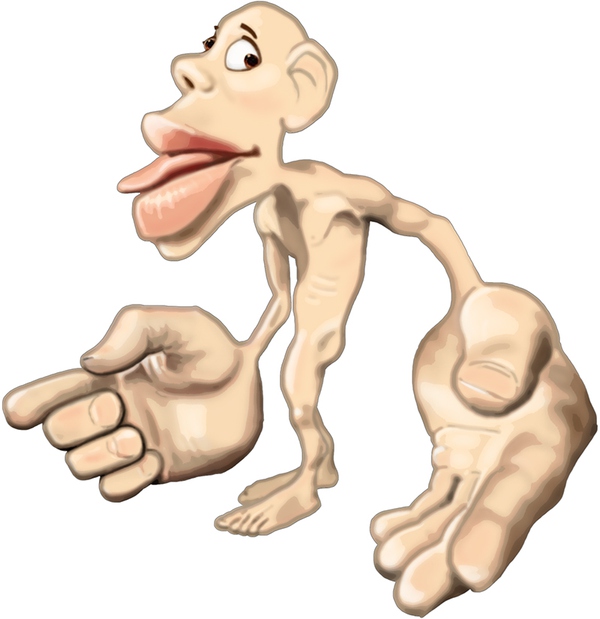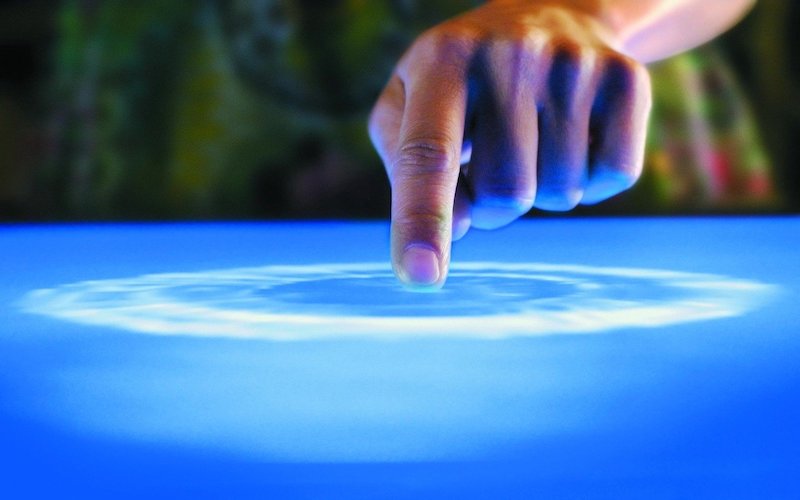How Do We Feel?
Episode #5 of the course Understanding your brain by Betsy Herbert
Welcome back!
Last lesson, we learned all about how signals travel along neurons via saltatory conduction and spread from neuron to neuron via synaptic transmission. Now that we understand how the signals travel, we can begin to have a look at what information they could be carrying! Let’s start with our sense of touch.
Sensory Receptors
Think of all the different types of sensations you can experience. There are broad categories: pressure, temperature, and pain. But there are all sorts of subcategories: gentle touch, firm pressure, vibration, a shooting pain in your toe, a dull ache in your stomach, the feeling when you stretch your muscles … How on earth do we detect all these types of sensation? And how does the brain distinguish between them?
The detection device our body uses to detect all these types of sensation is a sensory receptor, which is either a specialized nerve ending or a specialized cell itself. There are many different types of sensory receptors, each specialized to pick up a certain type of sensation. For example, the mechanoreceptors respond to mechanical deformations like light touch, vibration, or muscle stretch. The thermoreceptors respond to differences in temperature. And the nociceptors respond when things get painful—at the extremes of deformation or temperature, or by irritant chemicals.
Regardless of their structure, these receptors all work in the same basic way: As soon as they detect the stimulus, ion channels in the nerve open to trigger an action potential. This signal then shoots up the ascending tracts in our spinal cord to the thalamus in our brain (remember the relay station?), where it’s passed on to a variety of areas, including the somatosensory cortex, where it registers as conscious perception. The stronger the stimulus, the more neurotransmitters are released and the faster the rate of action potential fires in the sensory neuron. This means intensity is encoded by frequency of nerve signals, rather than their intensity (an action potential is an all-or-nothing event and cannot have different “strengths”). A sensory receptor also undergoes adaptation, meaning it begins to fire less and less after persistent stimulation. This is why you haven’t been conscious—until now—of the pressure on your bottom of the seat you’re sitting on. It’s been there for so long that the neuron has stopped firing by now!
Exteroception, Interoception, Proprioception …
Sensory receptors are found all over our body. They can be somatic, buried in the dermal layer of our skin, or they can be visceral, found within our blood vessels and internal organs.
You can’t “feel” your lungs or your bladder like you can your skin, because the proportion and density of sensory receptors there is very different. But it’s important to remember that we don’t just sense the world around us (exteroception). We also sense our inner world (interoception) and the position of our limbs in relation to the rest of our body (proprioception).
Receptive Fields and Sensory Discrimination
One more thing about sensory receptors: They can be closely clustered together or more spread out. When they’re closely clustered, we can discriminate between sensations that are a very small distance apart. Try closing your eyes while you slowly prick two points closer and closer to one another at different points on your skin. There’ll be a point where the two pricks merge and begin to feel like one. You’ll probably find it’s much closer on your fingertips and lips compared to your back or thighs. This is because sensory receptors are much more densely clustered here; we say that the receptive fields are smaller.
This variation in receptor density on the skin surface is “echoed” in the somatosensory cortex, where the signals are registered as conscious sensations. The area of cortex devoted to a certain area is proportional to receptor density, meaning that your tongue gets a huge portion, while your feet get much less. If we illustrate these ratios on a real man, we create the rather disproportionate figure known as the homunculus:

On that note, we’ll end our broad overview of touch. Tomorrow, we’ll explore another way in which we interface and sample the world around us: our vision.
See you next time!
Betsy
Recommended reading
Share with friends

